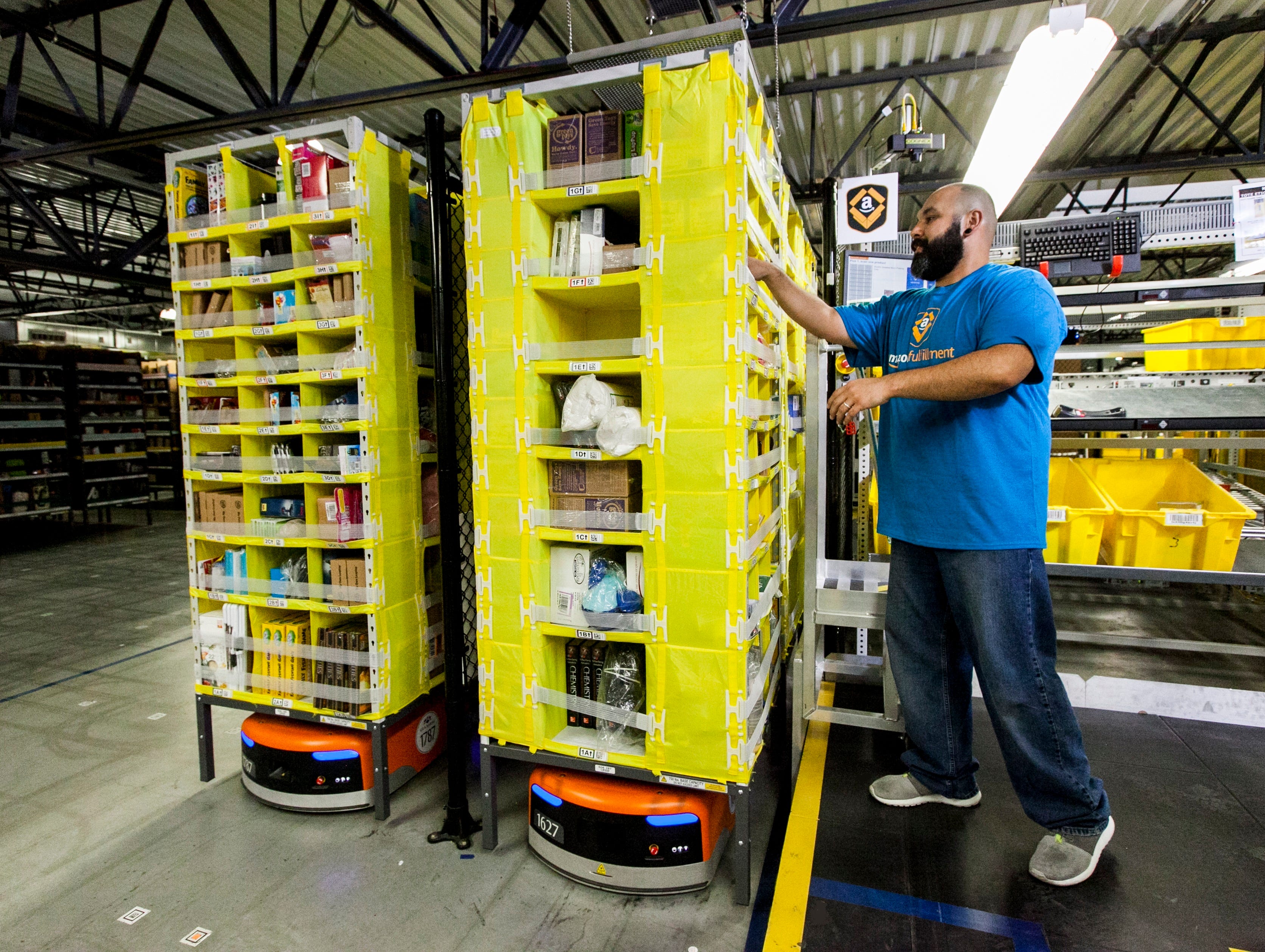SAN FRANCISCO — Most people delete the spam that floods their inboxes. Brian Krebs learned Russian so he could understand where it was coming from and why.
Krebs started out covering computer security forTheWashington Post in 2007.

He quickly fell down the rabbit hole, delving deeper and deeper into the murky and at times surprisingly mundane world of cybercriminals, spammers and the people behind those cheap pharmaceutical ads.
He was ahead of his time. By 2009, the Post decided it wanted to focus on other topics. Rather than walk away from his hard-won expertise, Krebs decided to go it alone.
The result was
KrebsOnSecurity.com, a highly regarded blog devoted to in-depth cybersecurity news and investigation that has won multiple awards.
His new book,
Spam Nation: The Inside Story of Organized Cybercrime — From Global Epidemic to Your Front Door (Sourcebooks, $24.99) is a fascinating and somewhat disheartening look why spam is so common, and why much of it comes from Russia.
"Eastern Europe has amazing technical colleges," he said during a visit to USA TODAY's San Francisco bureau while on a book tour.
"These countries place a very strong focus on math and science and technology — the sorts of skills that lend themselves very well to programming and technology," he said.
What Russia, and much of the former Soviet bloc, lack, however, is a robust tech sector that can employ all those well-trained individuals.
"Traditionally, there hasn't been a pipeline for people with these skills to parlay into a high-paying job," he said.
So they turn to crime. In the course of his research, Krebs ended up corresponding with some of the major players in the spam world.
He describes the long, rambling e-mails they sent him in the middle of the night, taunting him, attacking their rivals and generally letting their hair down.
He was privy to many secrets. Incriminating documents and files were regularly sent to him. So much so that he taught himself Russian so he could read them.
He ends up visiting them in Russia, drinking and being harangued by possibly dangerous men whom he doesn't trust but does find fascinating.
What he describes in the book is the way in which these often low-level spammers have built up highly sophisticated and very businesslike operations.
Though, it must be said, the businesses operate on a cash basis and there's always the risk of being thrown into jail because a rival bribed the police better than you did.
One rather sad correspondent, a kingpin among spammers in Russia, longs to move to Spain with his family and leave his life of crime behind, he tells Krebs. He never makes it.
The book details the story of a feud between some of those spammers, which for a while resulted in a lessening of the annoying messages that plug our inboxes, when their attacks on each other resulted in networks being taken down.
By 2013, several of them are in prison, others scattered. And yet the spam continues, the businesses taken over by new hackers and new operators.
Readers of Spam Nation will never look at the spam in their inbox the same way again.










